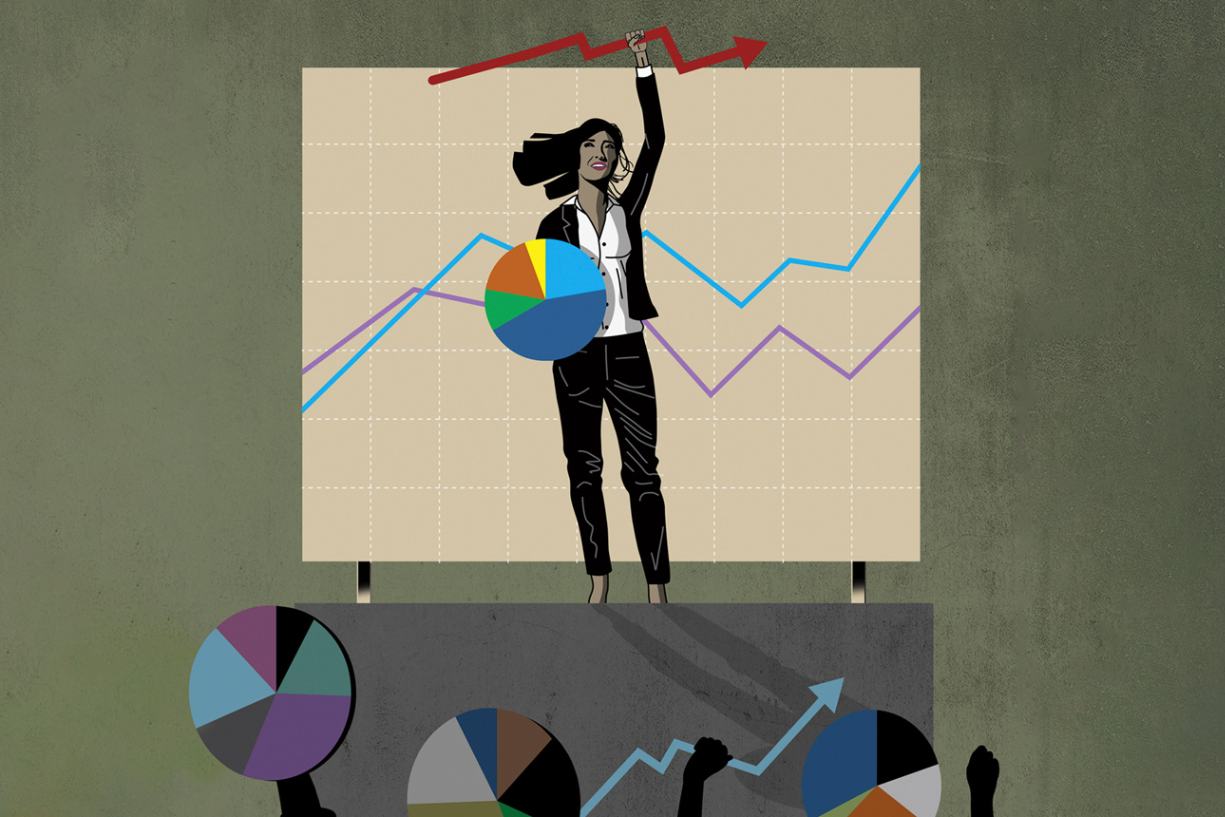Six Signs of a Successful Chief Experience Officer
A winning CXO plays a crucial role in influencing customer satisfaction and company success.
News
- More than 80% of Saudi CEOs adopted an AI-first approach in 2024, study finds
- UiPath Test Cloud Brings AI-Driven Automation to Software Testing
- Oracle Launches AI Agent Studio for Customizable Enterprise Automation
- VAST Data and NVIDIA Launch Secure, Scalable AI Stack for Enterprises
- How Machine Identity Risks Are Escalating in AI-Powered Enterprises
- How Agentic AI Is Reshaping Healthcare

Fergs/Ikon Images
Remember the idea of keeping an empty chair in the corporate boardroom as a reminder that the customer deserves a seat at the table? The concept of “experience” embraces every touch point that a customer (or an employee) has with a company or brand, from browsing a website and making a purchase to initiating a return or planning a store visit.
The chief experience officer (CXO) serves as the voice of the customer, asking, “From the customer’s perspective, does it make their life easier? Does it remove friction? Does it create a delightful experience?” If it doesn’t, the experience needs to be redesigned. The CXO gains insight into the customer’s lived experience by leading direct and indirect research on different customer segments. They explore questions ranging from “How is the experience of Generation Z different from that of a millennial customer?” to “What would make our digital products more accessible to the millions of people who have vision impairments?” The CXO debunks the myths about what the customer wants with data that reveals what the customer really wants.
Filled by people with backgrounds in strategy, innovation, and service, the role comes with a range of titles — chief customer officer, customer advocacy officer, customer success officer, or customer experience officer. CXO is one of the fastest-growing roles in the C-suite: Nearly 90% of Fortune 500 companies in 2020 had a CXO, and almost 50% of those were the first to have taken on the role in their organization.
Based on my own experience, I’ve found that as CXOs learn to navigate their new roles, the following six skills are key to successfully delivering a positive customer experience:
1. The CXO offers a vision that inspires others to take the view of the customer. Whether the problem is streamlining a billing process or introducing a new technology, a great CXO need not be in the room to prompt a team to ask, “What would a better experience look like from the customer’s perspective?” They set the vision by telling stories of both customer successes and points of failure; they advocate, champion, and inspire using data, benchmarks, and lessons from elsewhere.
2. The CXO teaches the disciplines needed to design for the customer. A great CXO designs and delivers a learning and development program to teach the skills of human-centered design to their organization, including empathy, ethnographic research, customer cocreation, rapid prototyping, and active customer listening. This knowledge can help an organization challenge the orthodoxies of “how things have always been done” and unlock new ways of serving customers.
3. The CXO meets customer problems with action. While asking provocative questions and teaching others can create momentum to change an organization’s culture, a great CXO owns responsibility for fixing what is painful in the customer experience journey. Sometimes CXOs are associated with creating mountains of customer journey maps that pile up, never to be seen again. Rather than creating journey maps, a great CXO solves problems at a moment that matters (say, an immediate crisis, such as a customer struggling to get their order fulfilled or billing problem resolved) and for the future (so that other customers don’t experience that crisis).
4. The CXO collaboratively designs the foundational technology used to orchestrate and personalize the customer experience. Technology is a critical part of how customer experience is delivered, and AI is rapidly changing customers’ expectations and brand interactions. Too often, to be viewed as tech savvy, organizations invest millions of dollars in new technology solutions with features and functions that may or may not create better experiences for the customers using them. A great CXO raises a loud and persistent voice on behalf of customers whenever their company is planning to unleash new technologies, to ensure that the tech will actually benefit the people it’s intended to serve.
5. The CXO measures the impact of customer experience on the bottom line in a way that can be communicated to others through management- and board-level dashboards. CXOs must gather data that ties together operational and experiential metrics with financial outcomes. Operationally, did a customer click on an offer on a website or call a contact center? Was their experience good, bad, or neutral? Financially, did their experience lead to a larger basket size, repeat business, or customer referrals? To justify the often expensive investments necessary to create delightful customer experiences, great CXOs speak the love language of the CFO: ROI.
6. The CXO creates the cross-functional ecosystem designed to serve the customer. It is the job of a successful CXO to gather cross-functional groups of motivated employees Avenger-style: bringing individuals’ respective superpowers together to solve a problem, and then disbanding the team when it’s no longer needed. For example, when there’s a customer failure, it often requires expertise from across the organization, including IT, digital, data, security, and experience design, to rapidly come up with a solution. This ecosystem can take a variety of forms, from traditional organizational structures to less-traditional SWAT teams.
As will the other newer roles in the C-suite (such as chief data officer, chief digital officer, and chief innovation officer), the work and needed skills of the CXO will continue to evolve. Today, a successful CXO champions every aspect of the customer experience and remembers that ultimately, every customer is a human being who wants to be treated with empathy and respect.





